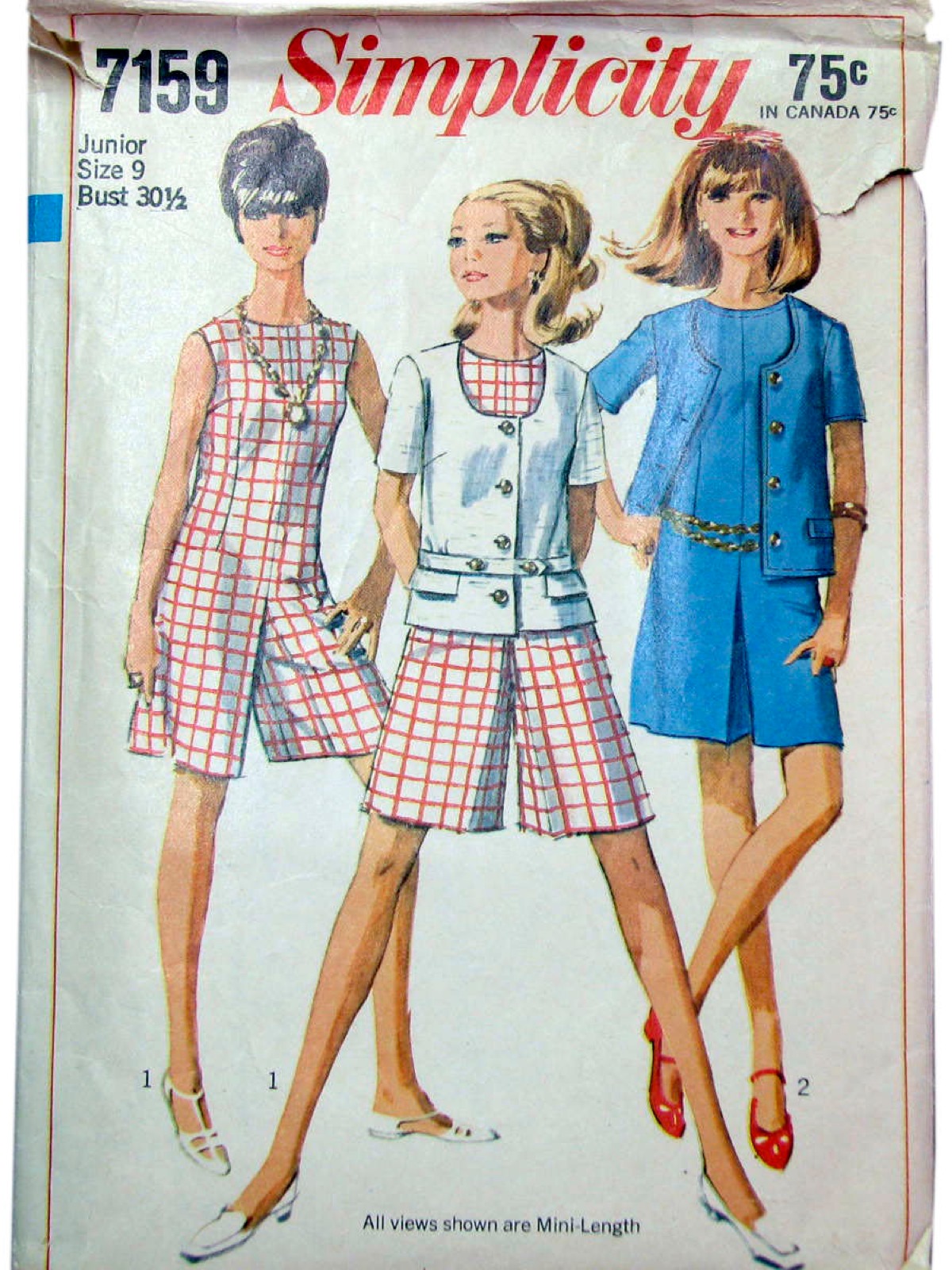In 1922, Harry S. Truman considered joining the Ku Klux Klan to enhance his credentials as a candidate for Jackson County, Mo. eastern judge. But atrocities such as murders and lynching occurring to returning African American veterans from World War II sickened the 33rd president. In his book, Harry S. Truman His Life and Time, Brian Burnes wrote about Truman's reactions after hearing of these incidents, '...my very stomach turned over when I learned that Negro soldiers, just back from overseas were dumped out of Army trucks in Mississippi and beaten.' In February 1948, when some southern Democratic senators were questioning his unconventional civil rights policies, Truman wrote to them stating, '... whatever my inclination as a native of Missouri might have been, as President, I know this is bad. I shall fight to end evil like this.' The last of the all-black units in the United States military was abolished in September 1954.
- Dapatkan Kulot Dengan Harga Termurah Hanya di elevenia Sekarang!
- Vintage Skort 1960s 1970s Culottes Mini Skirt 93 Vintage wide legged shorts or culottes. Yellow black and white with lap over buttons as the closure. Very cute pair of skorts, shorts, or culottes.
Kulots Kiks - Sta. Mesa heights, Quezon City, 1114 Quezon City, Philippines - Rated 4.5 based on 17 Reviews 'Trusted and affordable with high quality of.
Efforts to revive the Ku Klux Klan in the 1960s and 1970s enjoyed some success, but its message was not received in large numbers as it had been forty years previously. The FBI's work against the Klan and other subversive groups continued into the 1970s and 1980s, following new Attorney General Guidelines issued in 1976. In 1979, FBI Director William Webster told a reporter, 'We have investigated specific klaverns (KKK groups) that have engaged in, planned, or plotted acts of forceful violence, and we have had indictments in Alabama and elsewhere.'

On September 15, 1963 a bomb exploded at the 16th Street Baptist Church in Birmingham, killing four young African-American girls: Denise McNair, 11, and Carole Robertson, Cynthia Wesley, and Addie Mae Collins, each 14. The crime shocked the nation, and the Bureau's response was immediate. The FBI Birmingham Division launched an exhaustive investigation, led by scores of agents with the help of experts from the FBI Laboratory and others from around the country. Within a few weeks, the division had a list of suspects, but developing a prosecutable case at the time proved difficult. The initial investigation was closed in 1972 only when it was believed that federal jurisdiction in the bombing had lapsed. Changes in laws - along with the willingness of witnesses to finally testify - led to the reopening of the case at the state level in the late 1970s and at the federal level in the late 1990s. The FBI Birmingham office helped develop new evidence in the case, resulting in the eventual prosecution of Thomas Blanton, Jr. in 2001 and Bobby Frank Cherry in 2002.
The KKK was in a murderous mood in June 1964 - the start of 'Freedom Summer,' a massive three-month initiative to register southern blacks to vote and a direct response to the Klan's own campaign of fear and intimidation. The Klan in Mississippi, in particular, was after a 24-year-old New Yorker named Michael Schwerner. He'd been especially active in organizing local boycotts of biased businesses and helping with voter registration. On June 16, acting on a tip, a mob of armed KKK members descended on a local church meeting looking for him. Schwerner wasn't there, so they torched the church and beat the churchgoers. The Klan missed its target, but the trap was set: on June 20, Schwerner and two fellow volunteers-James Chaney and Andrew Goodman-headed south to investigate the fire. The activists were never heard from again. After their car was discovered burned, a massive investigation was launched that the FBI called MIBURN (for 'Mississippi Burning'). Agents ultimately located the men's bodies buried 14 feet below an earthen dam on a local farm.
Vintage Shorts Pattern
On October 20, 1967, following years of court battles, seven of the 18 defendants were found guilty-including Deputy Sheriff Price-but none on murder charges. One major conspirator, Edgar Ray Killen, went free after a lone juror couldn't bring herself to convict a Baptist preacher. In the end, the Klan's homicidal ways backfired. The murders galvanized the nation and provided impetus for the passage of the landmark Civil Rights Act of 1964 on July 2. And Killen eventually got his due; he was convicted of manslaughter on June 21, 2005, the 41 st anniversary of the crimes.
The murder of civil rights activist Mrs. Viola Liuzzo, of Detroit, Michigan, was another Birmingham case that reverberated across the nation. In March 1965, Liuzzo, who was white, and Leroy Morton, an African-American man, attended a voting rights rally with Dr. Martin Luther King, Jr. and were driving back from dropping off fellow demonstrators when they were forced off the road by a car containing several members of the Ku Klux Klan (KKK), who shot at them. Liuzzo was killed; Morton was hurt but survived. Three men-Eugene Thomas, Collie Leroy Wilkins, Jr., and William Orville Eaton-were quickly identified and arrested for the crime. All three were charged with murder, but acquitted in state court. Eventually, they were each found guilty of civil rights violations in a district court in Montgomery and sentenced to 10 years in prison (Eaton died before going to jail).
The Cold Case Initiative was launched in February 2007 on the heels of several successful prosecutions of civil rights-era cases, notably the 2007 conviction of James Ford Seale for kidnapping two African-American teenagers, who were subsequently killed, in Mississippi in 1964. Other notable cases include the 2005 conviction of Edgar Ray Killen for his role in the 1964 deaths of three civil rights workers-the Mississippi Burning case-and the 2001 convictions of two men who bombed a Birmingham, Alabama church in 1963, killing four African-American girls.

By 2009, two years after the investigative phase of the Civil Rights-Era Cold Case Initiative was launched, a total of 108 unsolved or inadequately solved racially-motivated homicides had been forwarded to 17 field offices for a fresh assessment of legal and investigative viability. The results from the FBI investigations are then sent to the U.S. Department of Justice (DOJ), which decides whether the cases can be prosecuted federally, referred for state prosecution, or closed.
Culottes 70s
Culottes 1960
| Join the GlobalSecurity.org mailing list |
60s Girls Fashion Catalog
